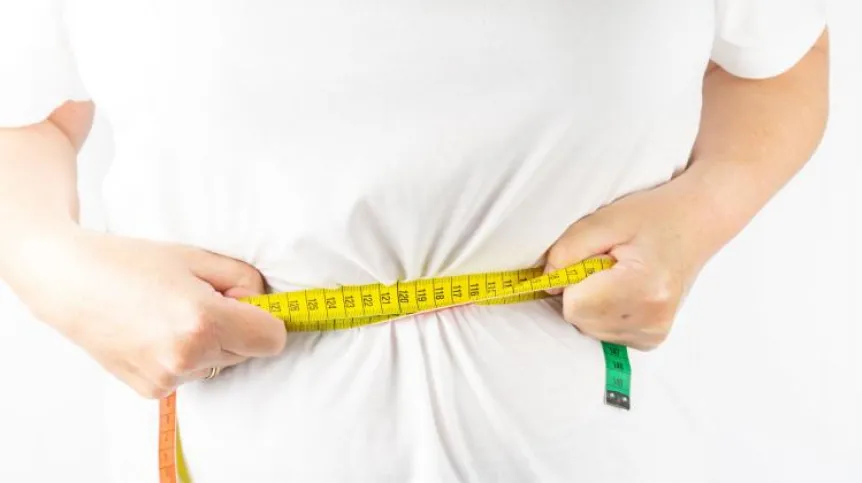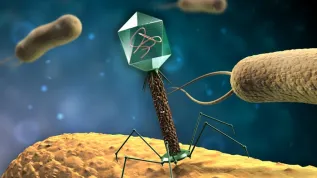
An international team of scientists, including researchers from the Faculty of Chemistry at the University of Warsaw, has identified a new factor that may contribute to the application of a new therapeutic strategy in the fight against obesity, the University of Warsaw reports on its website
Obesity is a serious global health problem and a risk factor for diseases such as type II diabetes, heart disease, and fatty liver disease. The central element in the development of obesity is the development of adipose tissue, which consists of: fat cells (adipocytes, specialized in storing fat) and macrophages (the immune system's cells that are usually associated with the destruction of microbes).
Scientists from Austria together with colleagues from Germany and Australia and a team of scientists from the University of Warsaw have discovered signalling pathways responsible for the development of a valuable type of adipose tissue macrophages (ATM) in obesity, which prevents lipotoxicity. Lipotoxicity is the process in which fat accumulates in tissues other than fat tissue. The study has just been published in the leading journal Nature Metabolism.
Scientists including Dr. Maria Górna, Dr. Marta Kulik, and Prof. Paulina Dominiak from the University of Warsaw, examined the PI3K signalling pathway. This pathway regulates fat storage and plays a major role in the cellular response to the hormone insulin. In obesity, reduced insulin action or insulin resistance leads to type II diabetes, which is associated with high blood glucose.
“The key role of PI3K in metabolic processes is proven but its role in adipose tissue macrophages was hitherto unclear,” says Professor Gernot Schabbauer from the Medical University of Vienna.
“ATMs are like Dr Jekyll and Mr Hyde – in obesity, they can either be good or bad. We assumed that an active PI3K signalling pathway could tip the balance in favour of ‘good’,” adds Dr. Julia Brunner from the University of Vienna.
Using techniques such as multicolour flow cytometry, lipidomics, cellular respiration tests and several animal models, the scientists discovered that sustained activity of the PI3K signalling pathway can tip the balance within macrophages for the better: this notably produces specialised ATMs, which are characterised by increased numbers of MARCO (macrophage receptor with collagenous structure) scavenger receptors on their surface.
“We discovered that these MARCO-expressing ATMs are professional lipid scavengers. These cells absorb fat MARCO-dependently and break it down, thereby preventing it from finding its way into the bloodstream,” explains Andrea Vogel, PhD student in immunology at the Medical University of Vienna.
“Metabolic syndrome and lipotoxicity are characteristic features of obesity. Our work indicates that a higher lipid intake and improved energy metabolism of the ATMs helps to maintain systemic metabolic health. This can have far-reaching impacts for a number of metabolic diseases,” adds Dr. Omar Sharif from the University of Vienna.
The researchers from the University of Warsaw analysed the structure of MARCO in terms of its potential for lipid binding. “It is a receptor known for binding and cleaning up as diverse objects as bacteria or oxidized Low-density lipoprotein, but its role in buffering lipids is new,” says Dr. Maria Górna from the Faculty of Chemistry, University of Warsaw.
“This study is only the beginning of our collaboration with colleagues from Austria, and we have ideas on how to next test the direct involvement of MARCO in lipid uptake,” she adds.
Scientists now want to determine in further studies whether PI3K signalling could also have a lasting effect on the ATM macrophage population in humans as well. “Although moderate inhibition of PI3K has already been discussed as a therapeutic strategy for treating metabolic diseases, our data point to potential unexpected side-effects. These might include altered blood lipid levels, caused by the reduced fat absorption of the ATMs,” says Professor Schabbauer.
PAP - Science in Poland
lt/ agt/ kap/
tr. RL













